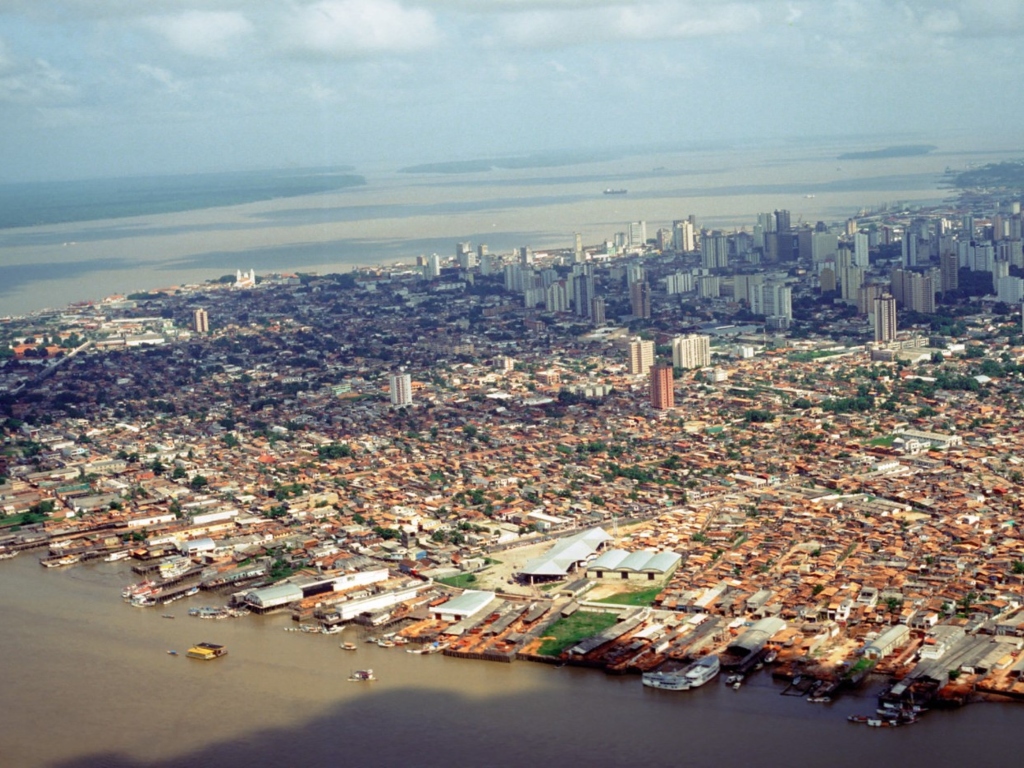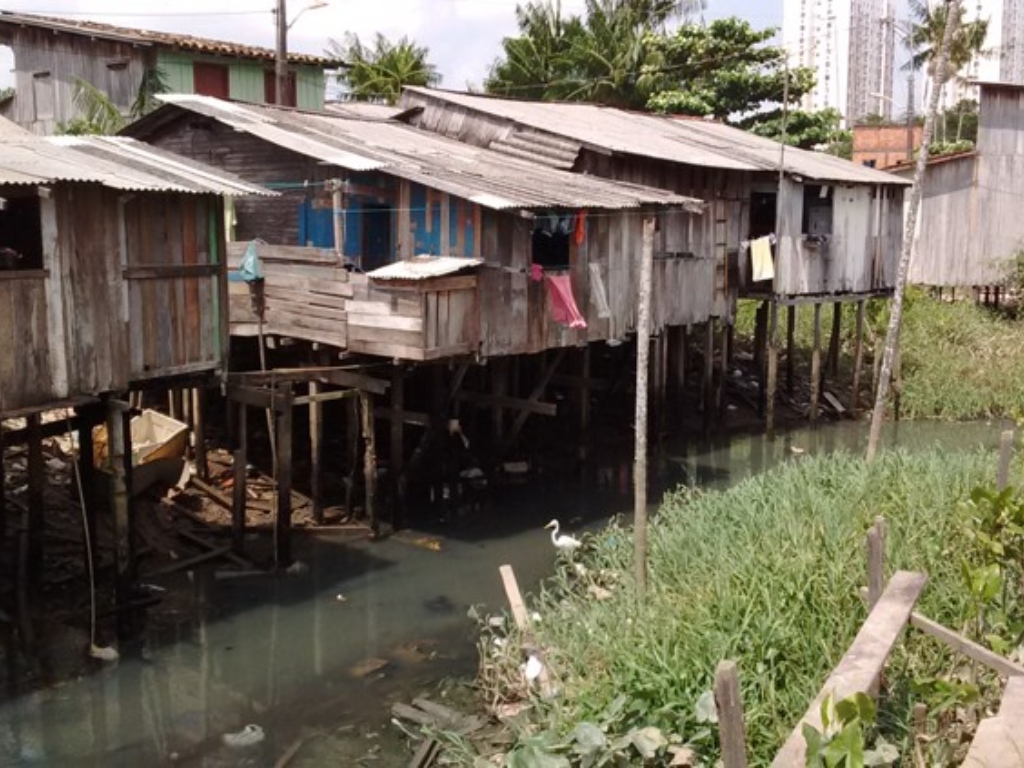
Thirty-one million people living in river deltas are at high risk of experiencing flooding and other impacts from tropical cyclones and climate change, according to a study by Indiana University (IU) researchers.
“To date, no one has successfully quantified the global population on river deltas and assessed the cumulative impacts from climate change,” said Douglas Edmonds, the Malcolm and Sylvia Boyce Chair in the Department of Earth and Atmospheric Sciences and lead author on the study. “Since river deltas have long been recognized as hotspots of population growth, and with increasing impacts from climate change, we realized we needed to properly quantify what the cumulative risks are in river deltas.”
The findings are the result of a collaboration facilitated by IU’s Institute for Advanced Study with support from the Environmental Resilience Institute.
The team’s analysis shows that river deltas occupy 0.5 percent of the earth’s land surface, yet they contain 4.5 percent of the global population—a total of 339 million people. Because river deltas form at the ocean at or below sea level, they are highly prone to storm surges, which are expected to occur more frequently due to climate change-fueled sea-level rise and coastal flooding.
In the study, IU researchers analyzed these geographic regions, which include cities like New Orleans, Bangkok, and Shanghai, using a new global dataset to determine how many people live on river deltas, how many are vulnerable to a 100-year storm surge event, and the ability of the deltas to naturally mitigate impacts of climate change.
“River deltas present special challenges for predicting coastal floods that deserve more attention in discussions about the future impacts of climate change,” said IU Distinguished Professor of Anthropology Eduardo Brondizio, a co-author of the study who has been working with rural and urban communities in the Amazon delta for 3 decades. “Our estimates are likely a minimum because the storm surge and flooding models do not account for the compound interactions of the climate impacts, deficient infrastructure, and high population density.”
With Edmonds and Brondizio, co-authors on the study include Rebecca Caldwell and graduate student Sacha Siani.
In addition to the threat of flooding, many of the residents in river deltas are low-income and experience water, soil, and air pollution, poor and subnormal housing infrastructure, and limited access to public services. According to the study, of the 339 million people living on deltas throughout the world, 31 million of these people are living in the 100-year storm surge floodplains. To make matters worse, 92 percent of the 31 million live in developing or least-developed economies. As a result, some of the most disadvantaged populations are among the most at-risk to the impacts of climate change.


“These communities are already dealing with health risks, lack of sanitation and services, poverty, and exposure to flooding and other environmental risks. Climate change is exacerbating all of these issues and creating more impacts,” Brondizio said.
To conduct their study, the researchers created a global dataset of delta populations and areas, aggregating 2,174 delta locations. They then cross-referenced the dataset with a land population count to determine how many people were living in the deltas. To determine the natural mitigation capacity of the deltas, researchers looked at the volume of incoming sediment deposited by rivers and other waterways flowing out to sea. The volume of incoming sediment was compared to the relative area of the delta to determine if the delta would be considered sediment starved and thus unable to naturally mitigate flooding.
Decades of engineering have expanded the habitable land area of river deltas, but they’ve also starved the regions of flood-preventing sediment. Without the sediment being renewed naturally, the shorelines will continue to recede, worsening the impacts of storm surges
“To effectively prepare for more intense future coastal flooding, we need to reframe it as a problem that disproportionately impacts people on river deltas in developing and least-developed economies,” said Edmonds. “We need better models for the climate impacts that are capable of stimulating compound flooding in densely populated areas so that exposure and risk can be mapped to more accurately assess risk and vulnerability.”
